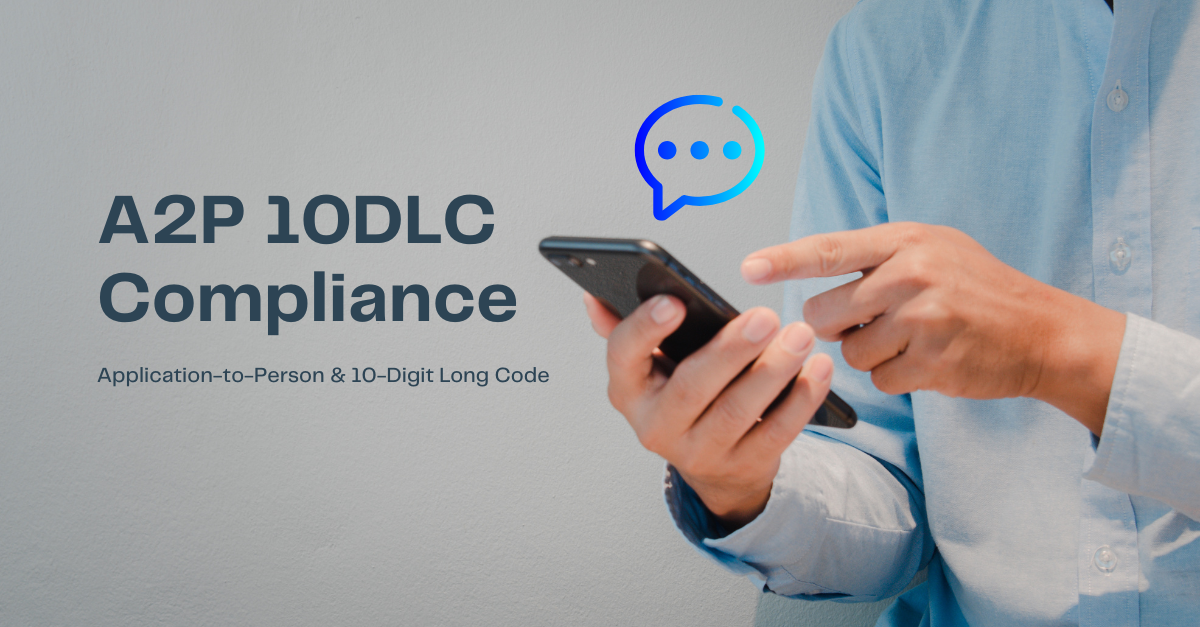Mobile devices and smartphones have evolved faster than many other technologies. Most of us remember using 3G data connections and waiting impatiently for the upgrade to 4G LTE. Now 4G has become pretty common in most places. We have become accustomed to streaming videos on the go and downloading apps in an instant.
The move to 4G LTE gives us more benefits than faster Internet on our phones. 4G speeds meant that we could finally use VoIP calling on our mobile devices and it was not limited to phones. Mobile VoIP applications are available on every mobile operating system. Phone carriers even integrate VoIP calling into the dialer application alongside normal calls. Some operators have developed technologies so that a call can be made over cellular networks, 4G data connections or Wi-Fi as the need may be.
The Importance of Internet for Mobile VoIP
Any VoIP call requires two things – an Internet connection and a VoIP account with a provider. Nowadays you can sign up for a free account in less than five minutes. But a fast Internet connection for VoIP is still not that easy to find, especially on mobile devices. VoIP calls were close to impossible on 3G speeds but 4G remedied that problem to an extent.
However while 4G is sufficient for consumer VoIP calling, it is not robust enough for organizations to rely on. So the next step appears to be 5G data connections. So what exactly is 5G and how can it help VoIP calling?
5G Wireless Connections
Industry experts predict that 5G will offer speeds 20 times faster than existing connections. But 5G technology is more than merely faster mobile Internet. While there are many differences between 4G and 5G, there is a fundamental one that can help consumers and businesses.
With 4G technology, network providers assign a certain amount of bandwidth in each direction. This cannot be changed regardless of how much traffic needs to go through the same connection. Think of it as a highway during the morning rush hour. All the traffic is moving in one direction towards downtown while the other direction is certainly not as crowded. Unfortunately we cannot use the lanes in the opposite direction to ease congestion.
5G technology will let service providers do just that. Network providers will be able to adjust how much bandwidth is allotted in a particular direction on the fly. This means if there is more traffic in one direction, bandwidth from the other direction can be used. All this is done by a combination of hardware and software.
Faster speeds and improved technology for mobile Internet is no longer a luxury. In fact it is becoming a necessity. With more and more Internet connected devices coming online each year, existing speeds and bandwidth is not sufficient. Being able to allot bandwidth on the fly is going to become very important in the future.
What Does 5G VoIP Mean for Businesses?
5G opens up new opportunities for business organizations upgrading to VoIP. You will no longer be constrained by Internet speeds or bandwidth. You can streamline the way employees communicate with each other and with external parties. Higher speeds will also translate to better quality audio for most calls.
More efficient bandwidth management can also improve other areas. While we already have group audio and video conference calling, it might be possible to increase the number of participants. Organizations can benefit from improved video quality and reduced buffering. Applications that depend heavily on data will see improvements and less lag.
The jump from 4G LTE to 3G saw the creation of new services. We can expect new products and services once 5G becomes a reality as well. Organizations will find more ways to integrate video calling or conferencing into their daily workflows. With augmented and virtual reality becoming commonplace on consumer grade mobile phones, the sky’s the limit for enterprises.
Today’s technologies don’t quite reach people living in remote or difficult to access areas. As a result many geographic locations are underserved and the available alternatives are expensive. 5G technology will help businesses and consumers in rural areas.
Is It Possible to Make VoIP Calls on 5G?
5G technology is certainly promising and opens up exciting new possibilities. However it is not here yet. A lot of things have to be implemented before 5G becomes a real alternative to existing 4G LTE connections. Radio chipsets, antennas, hardware in mobile devices etc. should be able to support 5G. Carriers are still monitoring field trials for the technology and an official rollout date is still quite far.
So while it is not yet possible to make VoIP calls on 5G, it is coming here soon. 5G speeds promises many things for businesses and consumers alike. We can only wait and see what new horizons open up because of advancements in technology!




